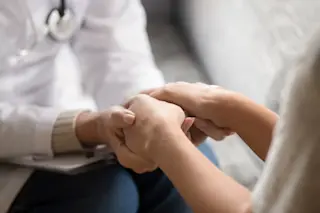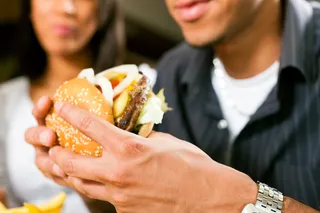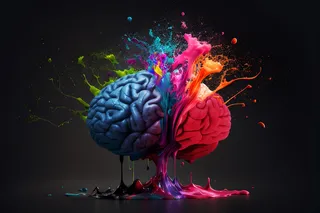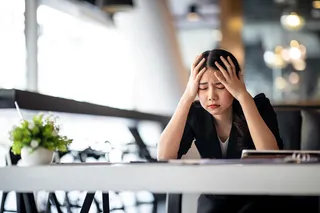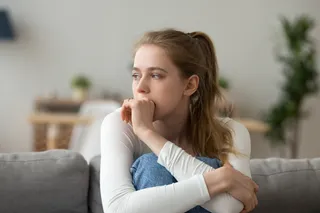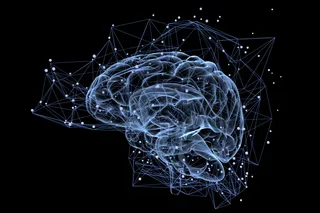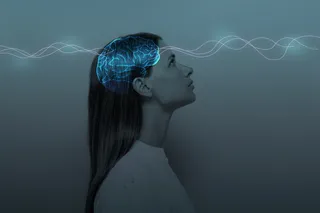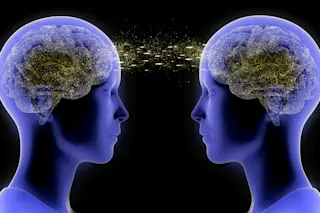Research has found that survivors of school shootings need years to heal, and their recovery can cost them education and employment opportunities.
The May 24 massacre of 19 fourth-graders and two adults at Robb Elementary in Uvalde, Texas, is the latest in an uptick of school shootings since December 2012, when a gunman stormed into Sandy Hook Elementary School in Newtown, Conn. and opened fire. After 12 terrifying minutes, 20 first graders and six adults had died.
The following year, a commentary in Disaster Health described school shootings as a “rare and extreme event.” The authors noted that although firearm deaths in the U.S. were common, school shootings were “sporadic and few.”
But almost a decade later, mass shootings, which happen at one or more locations and involve four or more victims, occur every day in the U.S. There have been more than 200 mass shootings since the start of ...



